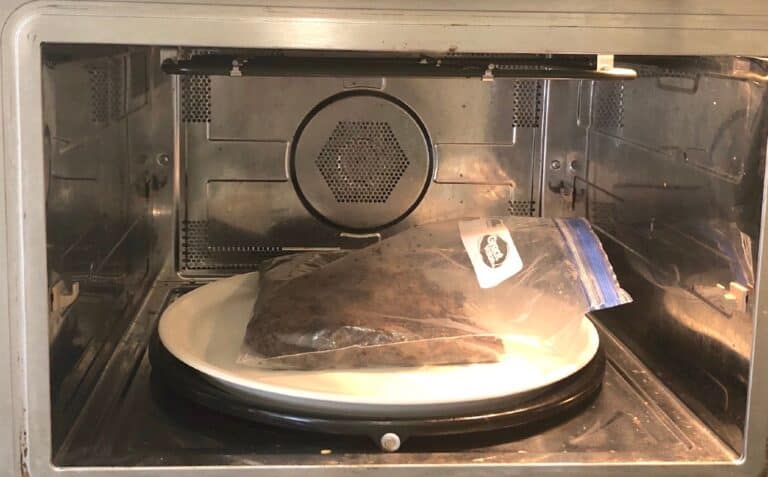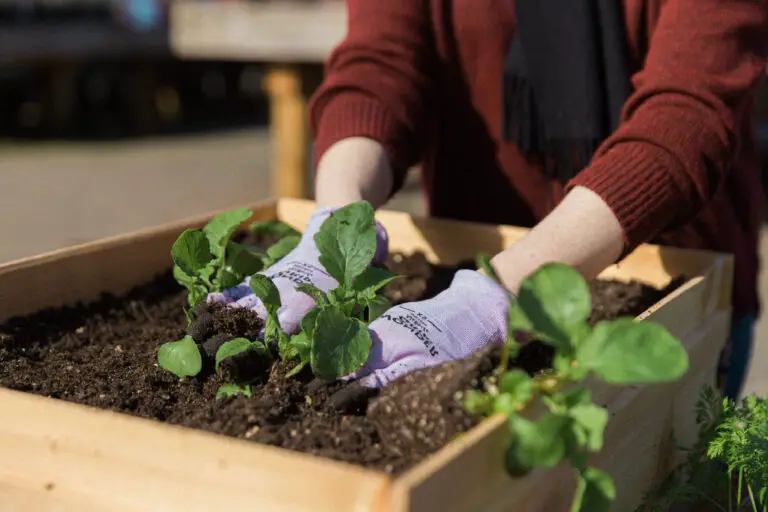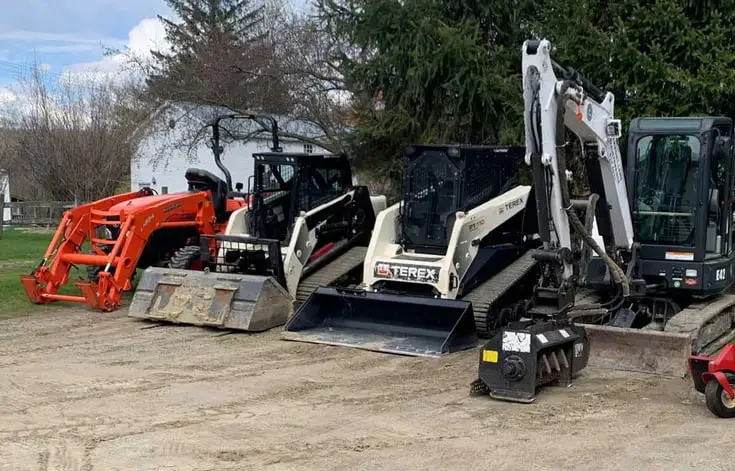Why Is Topsoil Removed Before Construction? Topsoil Excavation
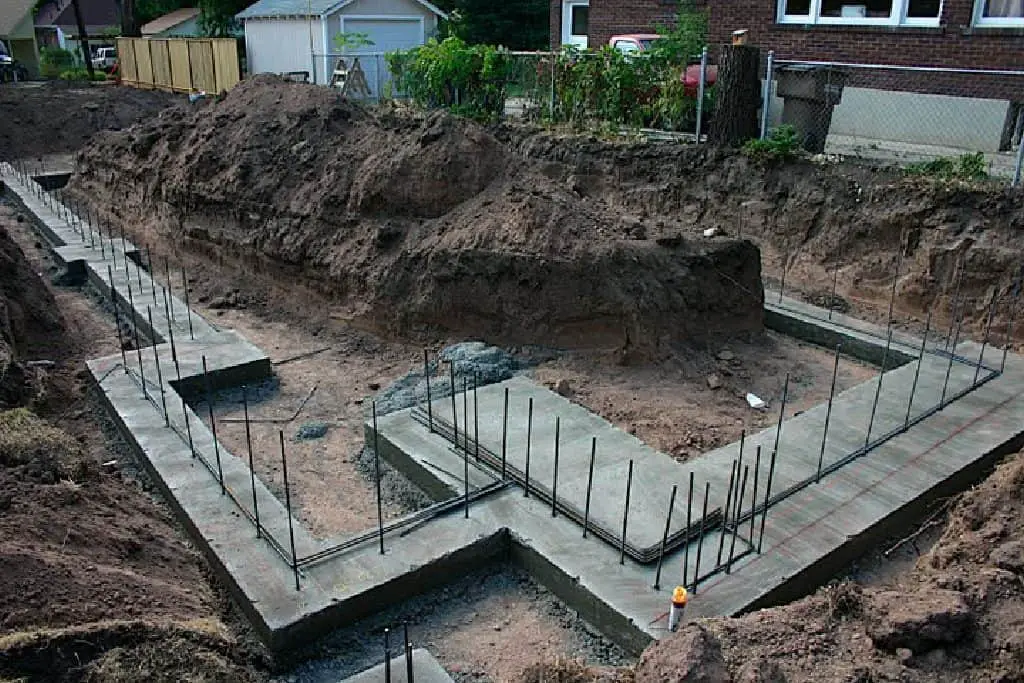
Before the towering skyscrapers rise or the foundations of a new home take shape, there’s a critical, often unseen, act that sets the stage for construction success: the removal of topsoil. It might sound counterintuitive at first—why strip away the fertile skin of the earth before building upon it? But this is where the intricate dance of construction and environmental stewardship begins.
Topsoil is more than just dirt; it’s the lifeblood of our landscapes. When it comes to construction, understanding why topsoil is removed is crucial for both builders and environmentalists. In this article, we’ll delve deep into the world of topsoil, construction site preparation, the impacts of topsoil removal, and the legal considerations that surround this practice.
In this article, we embark on a journey to unravel the mysteries behind this practice, exploring why topsoil removal, or topsoil excavation, is an indispensable prelude to construction.
Understanding Topsoil
Before we delve into the reasons for topsoil removal during construction, let’s first grasp what topsoil is and why it is so valuable. Topsoil, often referred to as the “A horizon” in soil science, is the uppermost layer of soil, typically the top 2 to 8 inches (5 to 20 centimeters) in depth.
It is rich in organic matter, microorganisms, and vital nutrients that support plant growth. This layer is a critical component of the Earth’s ecosystem, as it sustains a myriad of plant life, from towering trees to delicate wildflowers.
Topsoil is like the Earth’s skin, teeming with life and essential for the health of our environment. This layer is responsible for nutrient cycling, water filtration, and carbon storage, making it invaluable for both natural ecosystems and agriculture. Its ability to retain moisture and nutrients plays a pivotal role in promoting plant growth, making it the cornerstone of agriculture and landscaping.
Composition and Role of Topsoil for Plant Growth
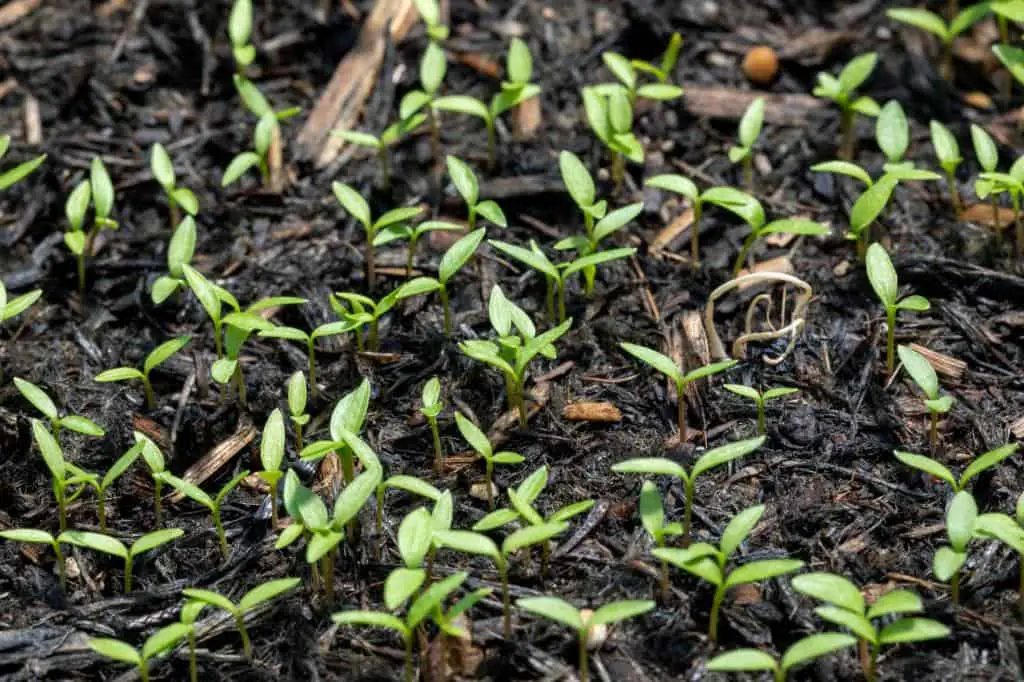
The composition of topsoil is a rich blend of sand, silt, clay, and organic matter. This unique mix provides an ideal environment for plant roots to thrive. Organic matter, in particular, supplies essential nutrients, water retention capacity, and aeration, which are all vital for robust plant growth.
Topsoil is more than a garden bed; it’s a bustling ecosystem in itself. It’s home to countless organisms like earthworms, fungi, and bacteria. These creatures play a crucial role in decomposing organic matter and recycling nutrients, contributing to the overall health of the soil and surrounding ecosystem.
Now, with a solid understanding of what topsoil is and its importance, let’s explore why it is removed during construction.
Why Is Topsoil Removed Before Construction?
1. Removing Soft and Compressible Soil
The topsoil is generally soft and compressible and readily retains moisture, which would cause the foundation to settle. Removing the topsoil can help prevent this issue
2. Preventing Soil Contamination
Construction sites can introduce various contaminants to the soil, including chemicals, oils, and construction materials. If topsoil were left in place, these contaminants could infiltrate and compromise its quality. Removing the topsoil layer serves as a protective barrier, preventing these pollutants from seeping into the ground and potentially harming the environment.
3. Achieving Proper Soil Compaction
Proper soil compaction is essential for the stability of any construction project, whether it’s a modest home or a massive skyscraper. Compaction ensures that the soil can support the weight of the building and prevents settling or shifting over time.
Topsoil, with its loose and organic-rich composition, is not suitable for this purpose. By removing it, construction teams can access the underlying soil, which can be compacted to provide a stable foundation.
4. Reducing Organic Matter Decomposition
As mentioned earlier, topsoil is abundant in organic matter, such as decaying leaves, roots, and microorganisms. When construction takes place on top of this layer, the disturbance can accelerate the decomposition of organic matter.
This process releases gases like carbon dioxide and methane into the atmosphere, contributing to greenhouse gas emissions. By removing the topsoil, construction projects can mitigate this environmental impact.
5. Preventing Uneven Settlement
Topsoil varies in composition and density across different locations, leading to uneven settling if not adequately addressed. When construction begins on unstable topsoil, the building may settle unevenly over time, resulting in structural issues. Removing the topsoil and replacing it with compacted, stable soil creates a uniform foundation, reducing the risk of uneven settlement.
6. Simplifying Grading and Drainage
Construction projects often require precise grading and drainage planning to prevent issues like flooding and erosion. Topsoil, with its organic matter and uneven texture, can hinder these efforts. By removing the topsoil layer, builders gain a clean slate for grading and drainage systems, ensuring effective water management around the site.
Various Methods and Equipment Used for Topsoil Removal
Before construction begins, a critical step is the removal of topsoil. To achieve this, a variety of methods and specialized equipment come into play:
| Excavation Method | Description |
| Mechanical Excavation | Heavy machinery like bulldozers, backhoes, and excavators are used to scrape and remove the topsoil. |
| Manual Excavation | In cases where precision is required or access is limited, manual labor using shovels and wheelbarrows may be employed. |
| Stripping | Stripping involves removing the top layer of vegetation and organic matter before excavation, which can aid in easier topsoil removal. |
Topsoil Excavation Process
Now that we understand the reasons behind topsoil removal, let’s briefly explore the process of topsoil excavation. This process involves several steps:
- Site Evaluation: The construction team assesses the site to determine the extent of topsoil removal required. This evaluation considers factors like soil composition, drainage requirements, and potential environmental impacts.
- Topsoil Stripping: Heavy machinery, such as bulldozers and excavators, is used to remove the top layer of soil. This soil is usually set aside for later use or sold as landscaping material.
- Storage or Sale: If the topsoil is suitable for reuse, it may be stored on-site or transported to another location on the construction site for later use. In some cases, excess topsoil is sold to landscaping companies or nurseries.
- Subsoil Preparation: After topsoil removal, the construction team prepares the subsoil for compaction and construction. This may involve grading, compacting, and adding fill material to create a stable foundation.
- Landscaping Reintegration: In some instances, topsoil may be reintegrated into the landscape after construction is complete. This is often the case in residential and commercial projects where landscaping and greenery are desired.
See also: How Do I Add Topsoil to Existing Soil?
Environmental Considerations for Topsoil Removal
While topsoil removal is necessary for construction, it’s crucial to address the environmental implications of this process. Here are some key considerations:
1. Topsoil Conservation
Efforts should be made to conserve and protect topsoil that is suitable for reuse. Sustainable construction practices may involve stockpiling topsoil, covering topsoil to prevent erosion, and carefully reintegrating it into the landscape after construction.
2. Erosion Control
With the topsoil layer removed, the construction site becomes more susceptible to erosion. Implementing erosion control measures, such as silt fences, sediment basins, and erosion control blankets, is essential to prevent soil erosion and protect nearby water bodies.
3. Native Plant Restoration
In eco-conscious construction projects, there may be an emphasis on restoring native vegetation. This can involve replanting native plants and grasses in the area after construction is complete, which can help restore some ecological balance.
Best Practices for Minimizing Soil Disturbance
Minimizing soil disturbance during topsoil excavation is crucial to preserving the integrity of the land. Here are some best practices:
- Selective Excavation: Whenever possible, selectively remove topsoil only from areas directly impacted by construction, leaving undisturbed areas untouched.
- Stockpiling: Instead of discarding excavated topsoil, stockpile it nearby for later use in landscaping or site restoration. This minimizes waste and ensures soil conservation.
- Erosion Control: Implement erosion control measures like silt fences, mulching, and seeding to prevent topsoil erosion during and after excavation.
Conclusion
In the world of construction, the removal of topsoil may seem counterintuitive at first glance. However, understanding the reasons behind this practice reveals its crucial role in ensuring the stability, environmental protection, and long-term viability of construction projects.
By carefully managing the topsoil removal process and implementing eco-friendly practices, construction can coexist harmoniously with the environment, leaving a legacy of sustainable development for generations to come.
FAQS on Topsoil Excavation Before Construction
What is the purpose of removing topsoil before construction?
The primary purpose of removing topsoil before construction is to create a stable foundation. Topsoil is rich in organic matter, which can lead to settling and instability in structures. Removing it allows for proper soil compaction.
Are there ways to reuse or replace excavated topsoil?
Yes, excavated topsoil can be reused on-site or sold for landscaping projects. Replacement with compacted subsoil ensures a stable foundation.
What are some alternatives to traditional topsoil removal methods?
Alternative methods include stockpiling and covering topsoil for reuse, using erosion control measures, or employing innovative soil stabilization techniques.
Can topsoil be saved and reused during construction projects?
Yes, topsoil can be saved and reused, reducing costs and environmental impacts.
What steps can construction companies take to minimize the environmental impact of topsoil removal?
Construction companies can minimize impact by implementing erosion control, native plant restoration, and sustainable practices like the reintegration of topsoil.
How do I determine the quality of the topsoil on my construction site?
To determine topsoil quality, perform soil tests and assess its texture, nutrient content, and organic matter levels.
What are the long-term benefits of preserving topsoil during construction activities?
Preserving topsoil promotes healthy ecosystems, reduces erosion, and enhances landscaping, leading to sustainable, aesthetically pleasing, and environmentally friendly construction outcomes.

